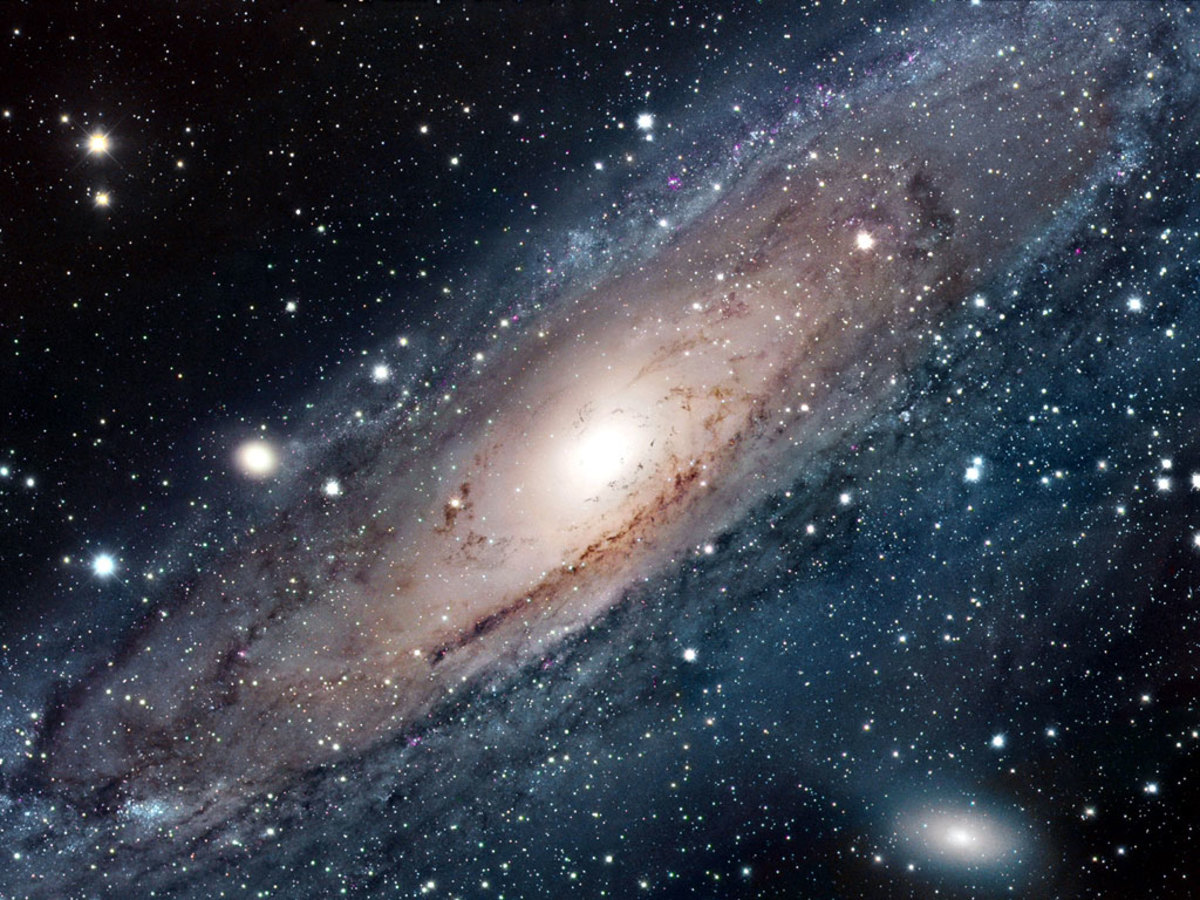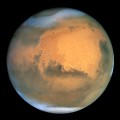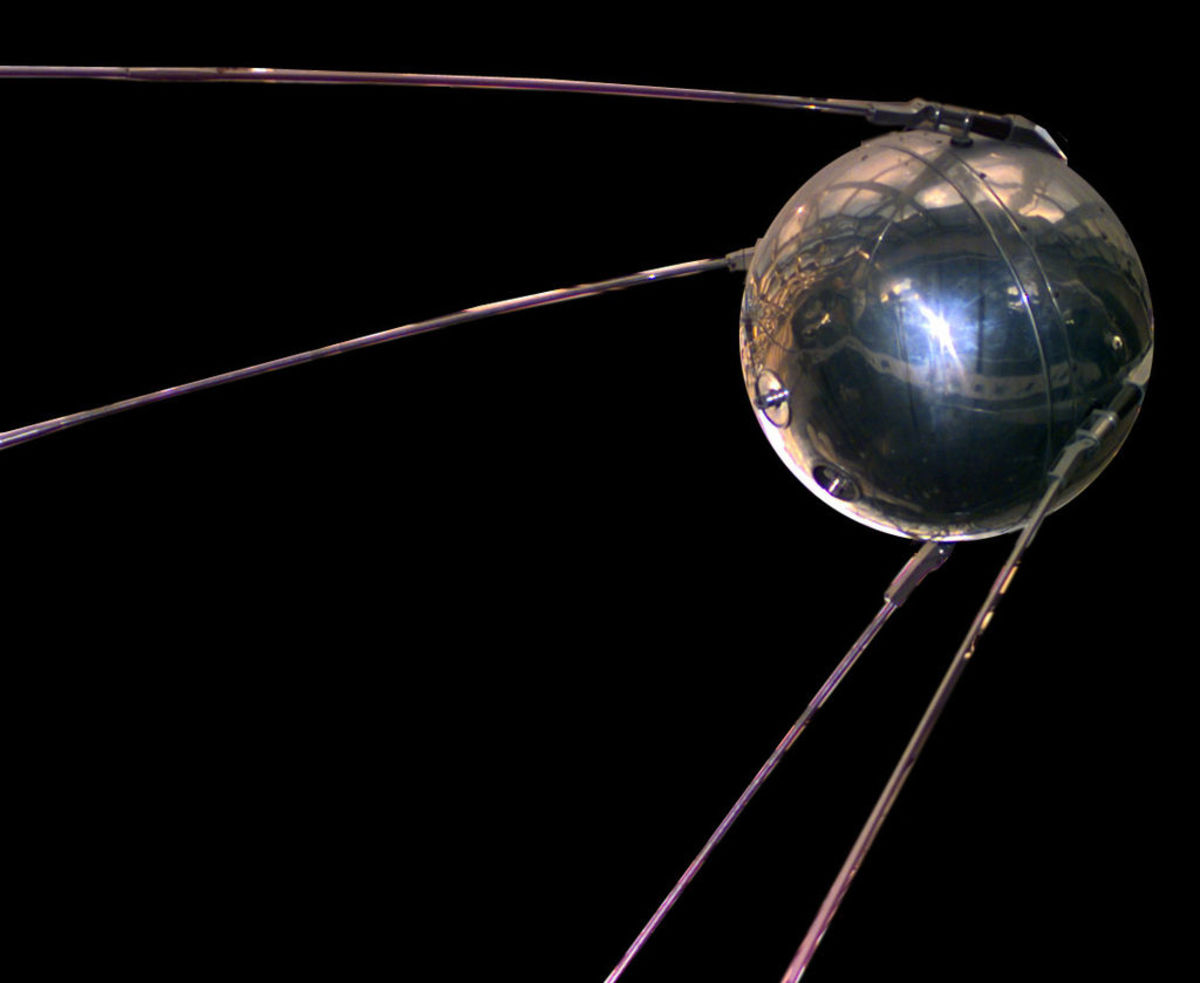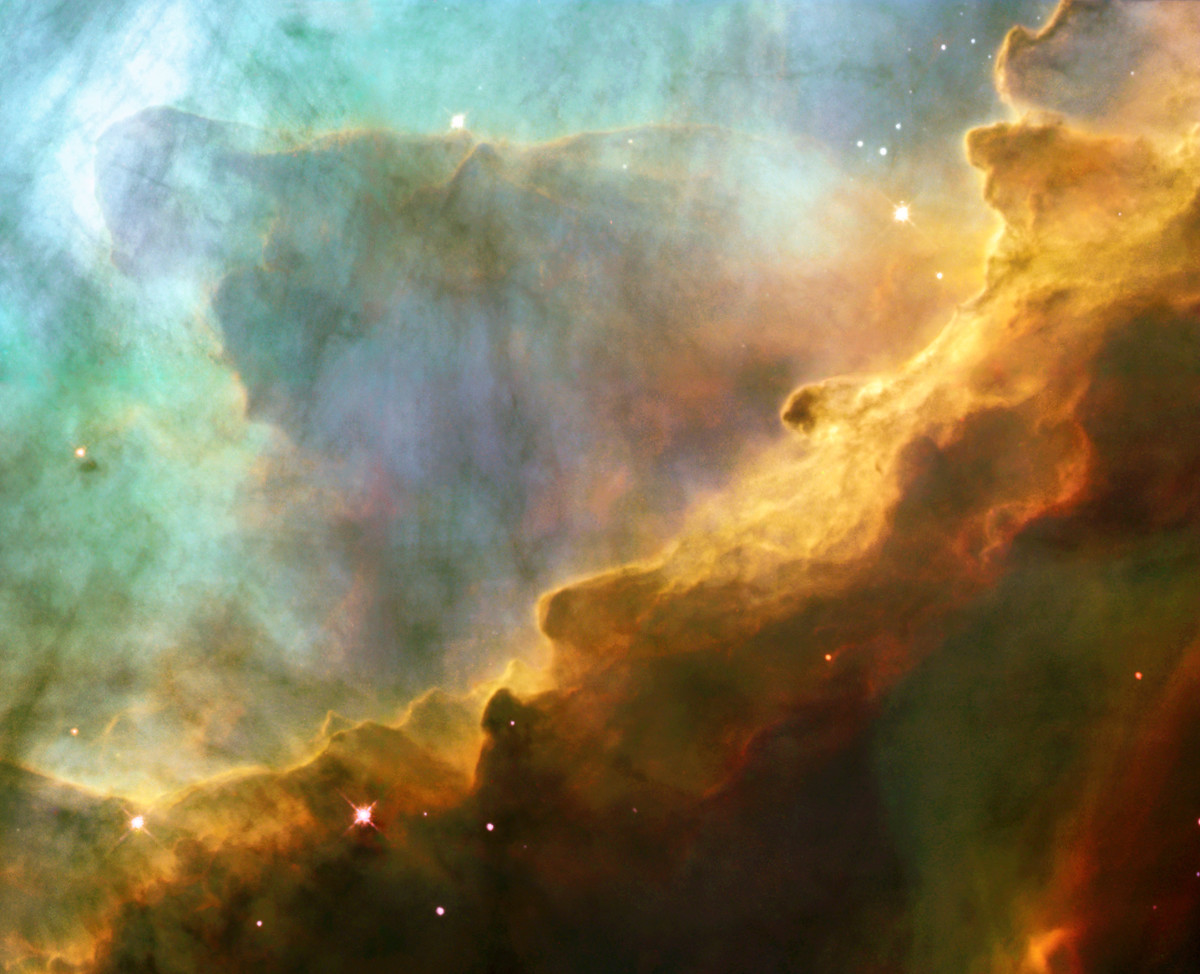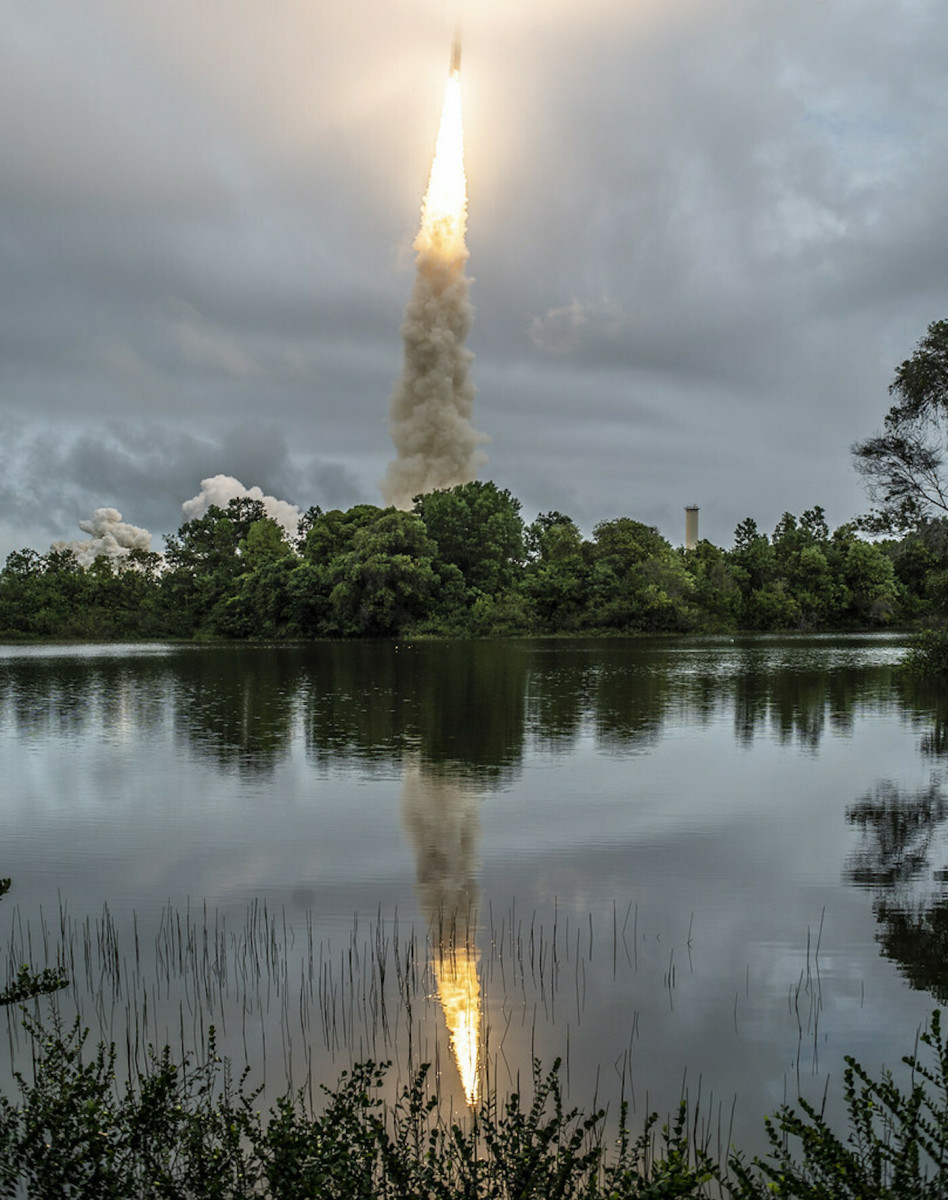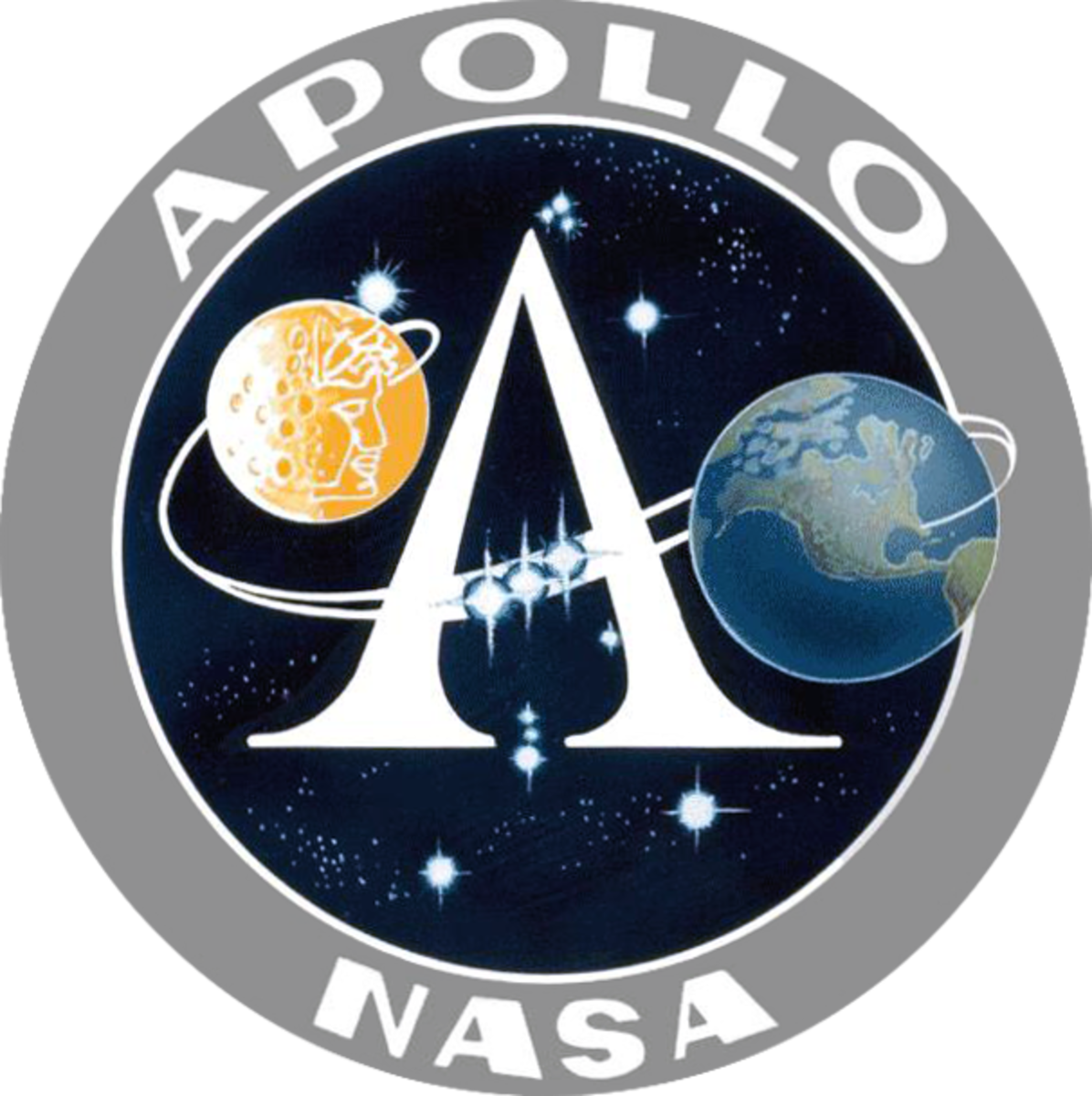A Manned Mission to the Stars
A Few Things we Need to Do.
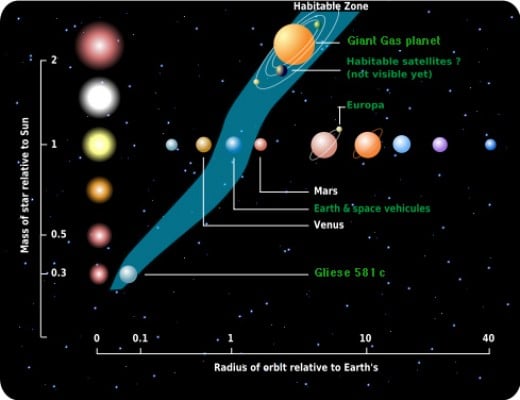
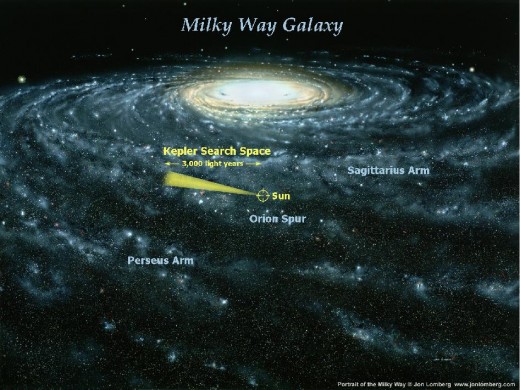
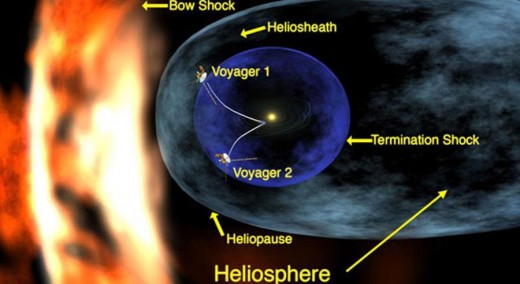
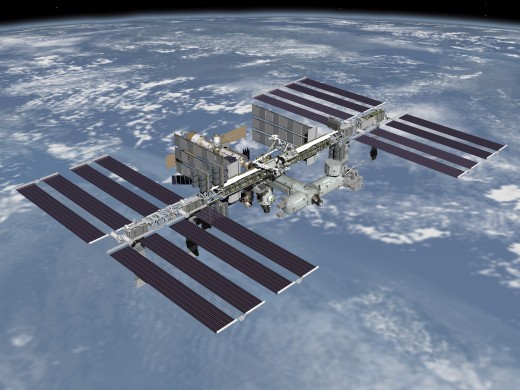
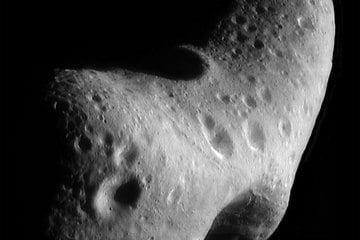
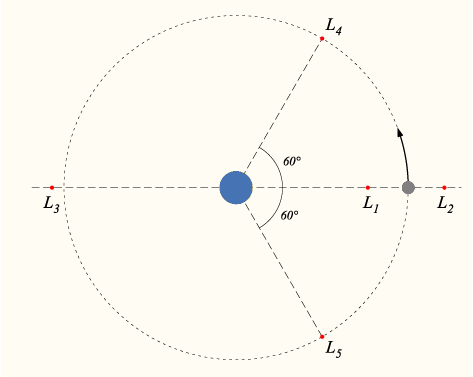
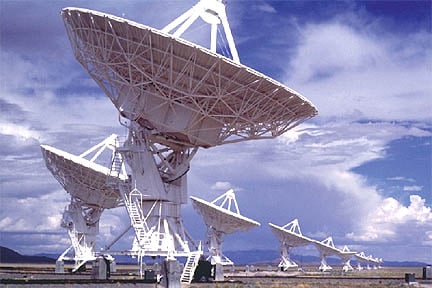
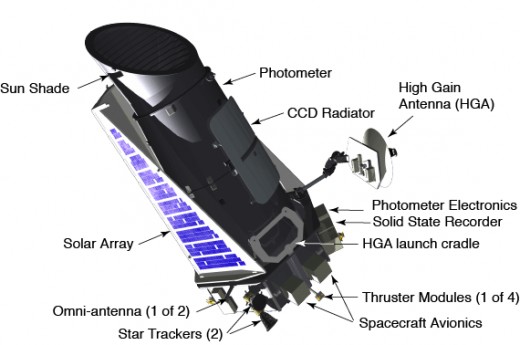
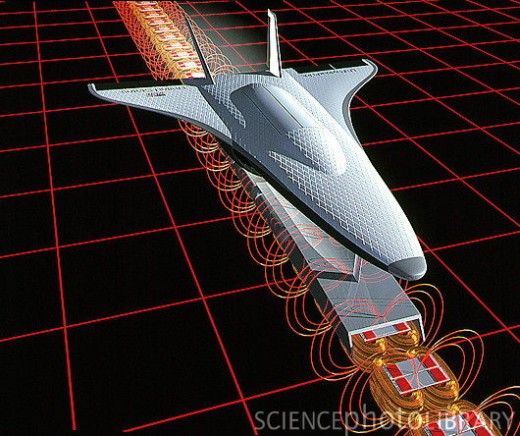
The First Objectives; Foundation for building a large interstellar space vehicle
We have never been short on ideas about how to get into space and travel to the moon and planets. We have already been to the moon and sent probes to every planet in the solar system except Pluto, but one is on the way. Probes have even been sent to a comet and some asteroids. We now have a ready low earth orbit launch platform by way of the International Space Station (ISS). But what of a mission to the nearest stars? Some tell us that it will take 80,000 years to travel to the Centauri system using conventional technology that is known by most of us. But, As will be revealed in thie series, we have ways now, with off the shelf technology, to cut down on the travel time by at least 99%. Let's look into a proposed program of interstellar travel in various stages consisting of, locating a suitable target destination, establishing permanent colonies in space, the moon, Mars and some asteroids, then building the interstellar ship, how to construct fuel it for the long haul, approaching the new planet and how to go about settling it. The method to achieve this will not so much rely on governments that come and go, but to create the incentive that will cause private interests to venture into new territory. We will also look into terraforming those that are close, but not exactly earthlike.
Of all that can be done to travel to the stars, we first need a suitable destination. Not everything we look at is suitable and the truth is, that most of it is not without considerable work. We are now engaged in a search for suitable earth like planets using the Kepler telescope, which has already brought in an amazing number of discoveries taking out total of know exosolar planets from a few hundred to more than 2,000 in the short span of time it has been in space. Two earth sized planets have been found, but are too hot (1). Another unrelated and detected planets appears to be putting out a light signal and has become the focus of attention by SETI (Search for Extra Terrestrial Intelligence) (2). We have found a few near earth size planets that look tantalizing. More research is needed on these plus any new ones that are found over the next year or so. Some astronomers tell us that before 2012 is out, an earth like planet will be located in the correct relationship with it's star to support life. But the over riding problem of travelling to one of these planets is the sheer distance they are and the formidable task to travel that vast gulf of space between us and them. Some of these planets are 600 light years away.Take a look at the two Voyager spacecraft (3) that took off from earth in the 1977 to explore most of the planets. They are just now reaching the edge of the heliomagnetic field and entering into the true interstellar medium. For all intents and purposes, they are still in the region of the Kuiper Belt and Oort Cloud, so in the gravitational sense, they are still within the solar system. This is nearly 40 years later and the nearest star to which they are not headed, is a great deal further than that. There are some who argue that the texts on interstellar distances are all wrong and that the stars are much closer than what they state (4,5). There is a sure fire and tested way to measure these distances accurately and all it takes to prove one or the other right or wrong is to calculate them one's self. All it takes are a few known facts and some trigonometry. Even so, the distances to the stars is vast no matter who you believe. What we then require to get there in time that are far less than tens of thousands of years, are new methods of propulsion or means of getting their, whether by theoretical means which we do not fully understand, or some way we haven't yet even conceived.
No matter how we chose to eventually make our way to suitable far off worlds, we will first need to learn how to build mega projects in space, likely in Lagrange points with resources found in space and not on earth or the moon. We have already managed mega projects like the Large Hadron Collider (6) on earth, so something of this size or greater is not out of the question in space. Simply defined, it is obtaining everything from near earth asteroids (7, 8) and one big asteroid can provide much of our working material, specifically, Eros (9) , which we have already landed a probe on after taking photographs. This can only begin once we establish permanent colonies in space aboard suitable living accommodations, whether in a large asteroid rebuilt to suit the purpose or in some form of massive space station. We already have the International Space Station (10), but it is in the wrong location right now. With not too much expenditure of fuel, it could be relocated in either L4 or L5 positions in the moon's orbit (11). It was designed to be expanded with small sections, one piece at a time and plenty of progress has already been made. Expanding on this idea and designing it to create a substitute for gravity, we could have working colonies in both L4 and L5. People will live there on extended basis and use small vehicles to roam out and capture small asteroids to tow them to the locations for processing in space in a near zero gravity environment. Colonies can also be built on the moon which can also be mined and finished products launched to L4 or L5 by the use of a magnetic launch system powered by the sun (12).
Once these resources are relocated in near earth space in lunar orbit, there are a number of ways they can be smelted and processed. They could be processed on the moon or asteroid first using gravity seperation, or in free space itself using a solar concentrator and a scaled up centrifuge system to seperate various elements by specific gravity. Alternately, they can be processed by scaled up electrolysis to seperate and concentrate the various resources (13). Some of this technology has already been proven and has had a long use on earth. It is merely a matter of duplicating such systems anywhere we want in space. The electrical energy can come from vast fields of solar panels or concentrators (14) located on or near the body being mined or free in space at L4 or L5 positions with a maser (15) linkup to the mine site that has a rectenna (16, 17). With all of this in place, it is just a matter of processing raw resources into whatever we want. These form the first steps in getting an interplanetary or interstellar voyage under way. Next, we will look at building the long range space vehicle in space and how it will be powered.
Refernces
3. http://voyager.jpl.nasa.gov/
4. http://imagine.gsfc.nasa.gov/docs/ask_astro/answers/970415c.html
5. http://en.wikipedia.org/wiki/Interstellar_travel
6. http://en.wikipedia.org/wiki/Large_Hadron_Collider
7. http://chview.nova.org/station/ast-mine.htm
8. http://chview.nova.org/station/ast-mine.htm
9. http://nineplanets.org/eros.html
10. http://www.nasa.gov/mission_pages/station/main/index.html
11. http://www-spof.gsfc.nasa.gov/Education/wlagran.html
12. http://www.launchpnt.com/portfolio/aerospace/satellite-launch-ring/
13. http://electrochem.cwru.edu/encycl/art-s01-space-proc.htm
14. http://www.builditsolar.com/Projects/Concentrating/concentrating.htm
15. http://en.wikipedia.org/wiki/Maser
16. http://www.nss.org/settlement/ssp/library/1987-NASACR179558-RectennaTechnologyProgram.pdf
17. http://www.coolcadelectronics.com/DARPA_Energy_Harvesting.html
A Manned Mission to the Stars
Preparing for a Interstellar Manned Mission
- Building the Interstellar Space Vehicle
After completing the basics, the next logical step is to set up colonies on the moon, on Mars, the asteroids and in space to begin the making of an interplanetary or interstellar ship in zero gravity. - Interstellar Travel a Reality
We will not see the results in our lifetimes but it would now appear that we are seriously looking at multi generation space exploration. Will we at least see the launching of the first mission? What propulsion system will they use and where will the - The Formidable Challenge of Interstellar Travel
We who are Earth bound and look longingly into the vast expanse of the heavens, imagine what kind of worlds exist there in the immense gulf of space between our fragile world and these beckoning places. Once... - When do we get serious about space travel?
The Mandelbrot is

